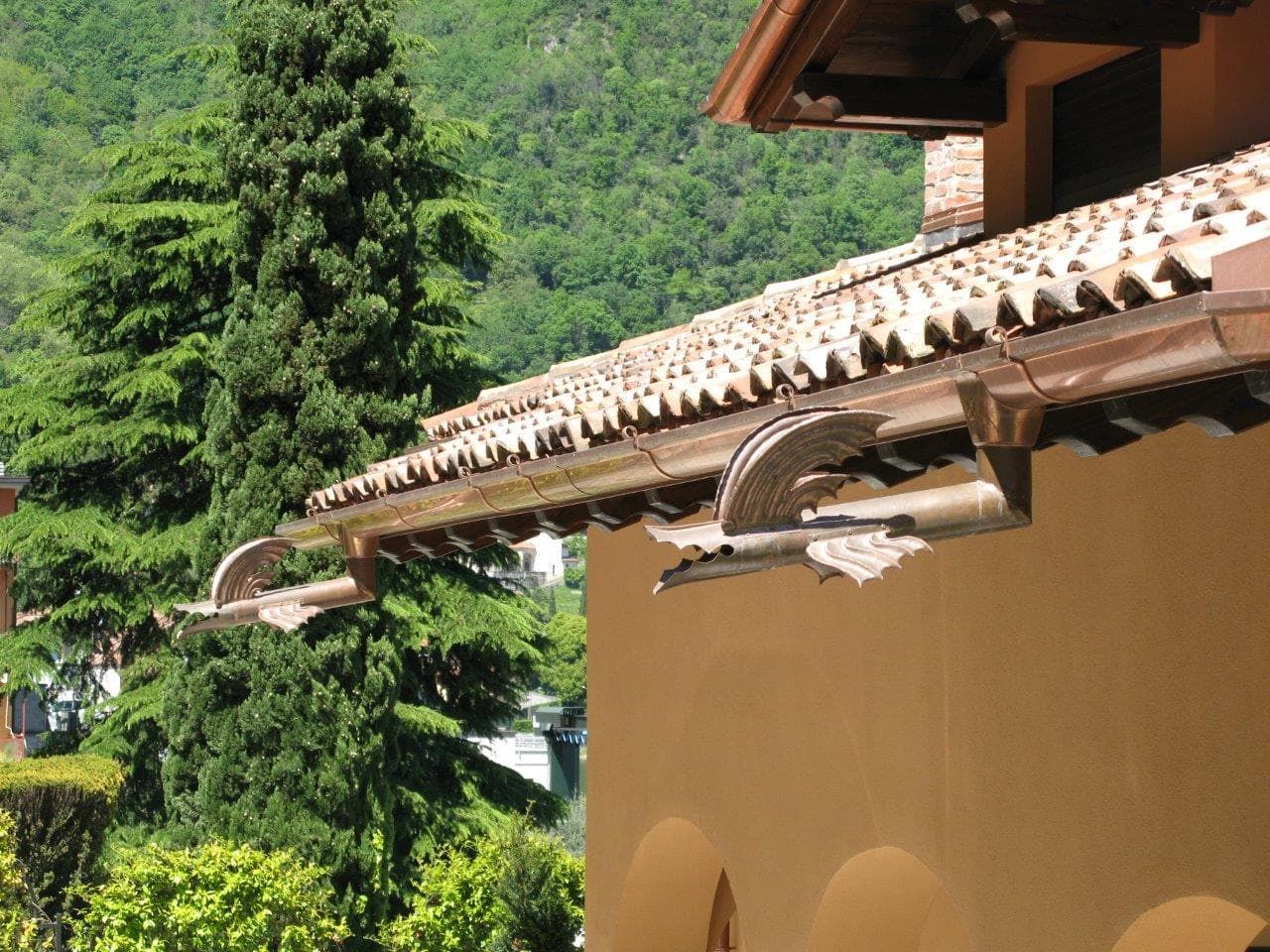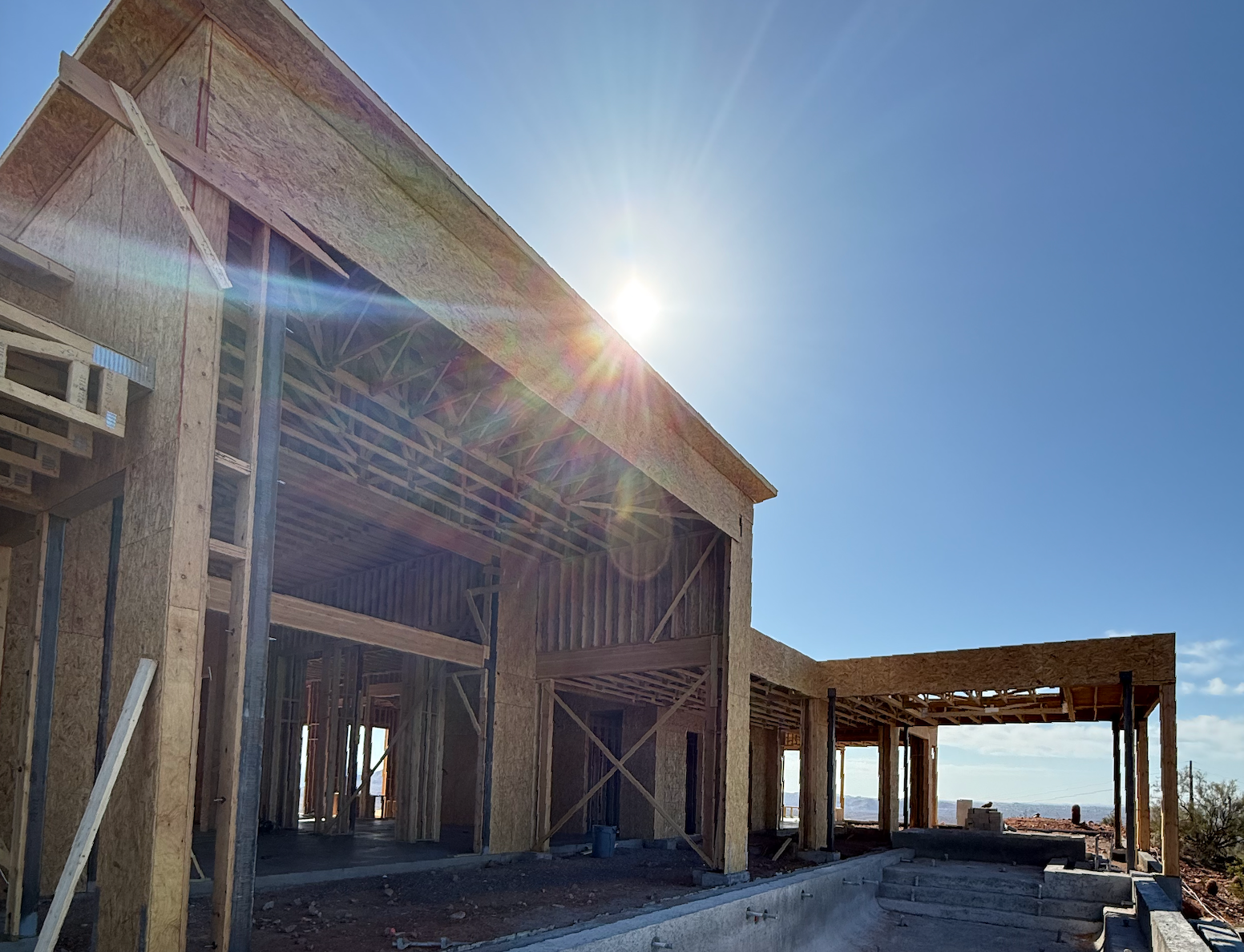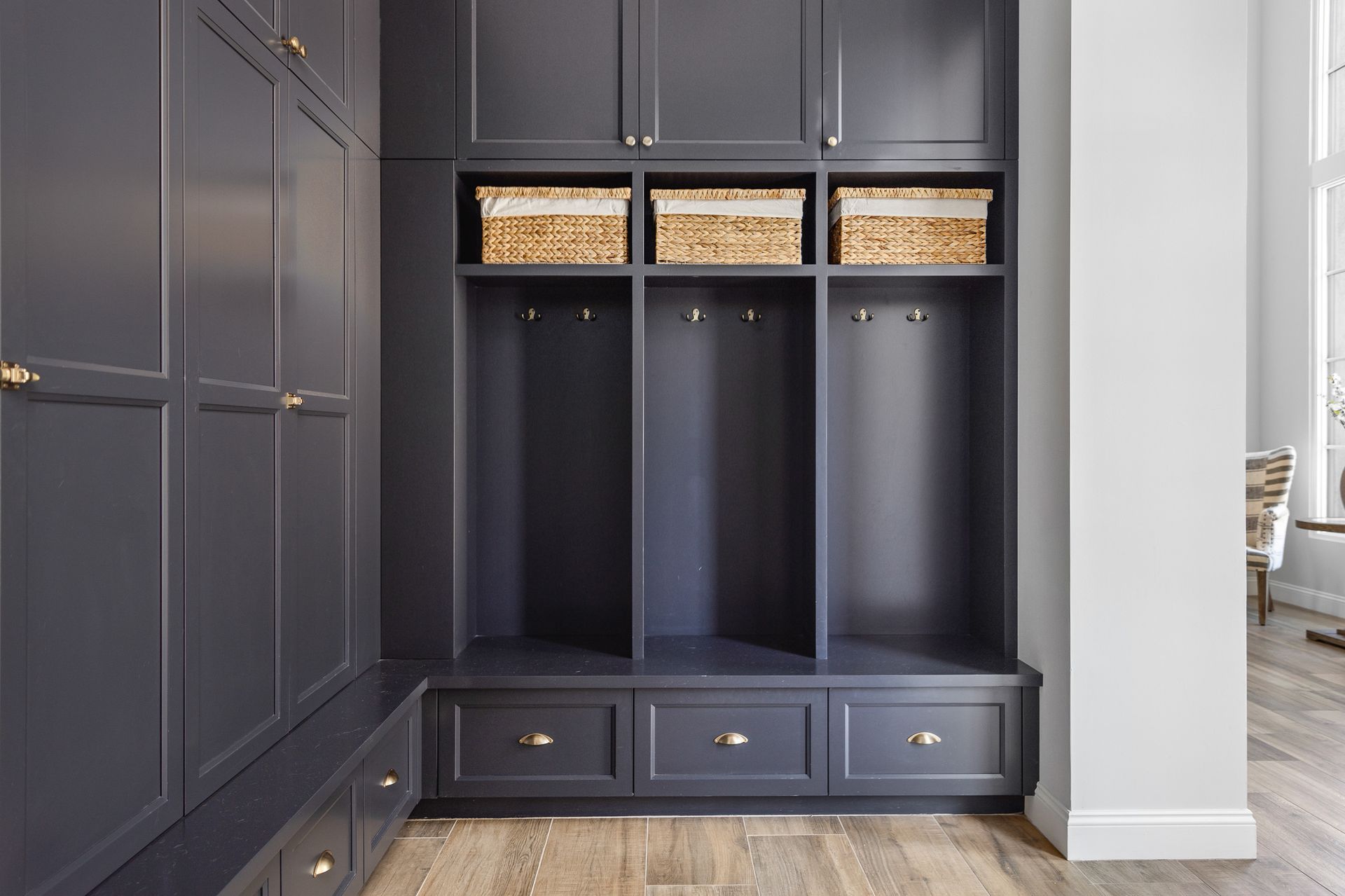Preparing Your Home for Fall; Part 2

Check the roof for damage, such as cracked or missing shingles, and replace them.
The last thing you’d want is to get a leak, especially once winter rolls around with its heavy storms and snows. You might also want to take a peak in the gutters. If you spot any large amounts of grit, the protective coating on your roof might be wearing off.
Clear out the rain gutters. If the rain gutters are blocked, they might overflow. Any overflowing water can cause water damage to your home, including the foundation and basement. Take out your ladder, and clear out any leaves, branches, or debris from the gutter. When you are done, consider covering your gutters with mesh guards to keep the leaves and debris out and the water flowing.
Make sure that the windows and doors are sealed properly. As the year comes to a close, the weather will get colder. If your windows aren’t sealed properly, your home could lose lots of heat, causing your gas and heating bills to spike! If you have a lot of windows and not a lot of time and money, focus on the biggest windows, such as patio doors or bay windows. Here are some more tips on insulating your windows and doors:
- Place a polyurethane sheet over your windows. It is often referred to as an “insulation kit,” and it will help keep the warm air in and the cold air out.
- Check for any gaps in the caulk around your windows. If you find any gaps, fill them in with some caulk.
- Check your door’s weather stripper by closing it on a sheet of paper. If the paper moves about easily, the weather stripper needs to be replaced.
 Check your windows and doors for tightness by holding a candle close to them. If the candle flickers, there might be a leak.
Check your windows and doors for tightness by holding a candle close to them. If the candle flickers, there might be a leak.- Take a look at your fireplace, both inside and out.
It would be best to have this done professionally, as they usually know what to look for. If you seldom use your fireplace, however, shine a flashlight into the flue, and look for any deposits. If you find any that are ⅛-inch (0.32-centimeter) thick (or thicker), call in a professional chimney sweep. Here are some other things you should look out for:
- Check the flute for creosote buildup to prevent fires. This is essential if you have a wood-burning stove or fireplace.
- Check the flue for any blockages, especially if you don’t have a chimney cap. Birds love to build nests on top of chimneys!
- Check the damper. It is a metal plate that opens and closes the flue above the firebox. It should open and close smoothly and easily
- Check the chimney for any overall signs of damage. This includes the flue cap and any loose or broken joints.
The post Preparing Your Home for Fall; Part 2 appeared first on Fratantoni Luxury Estates.












